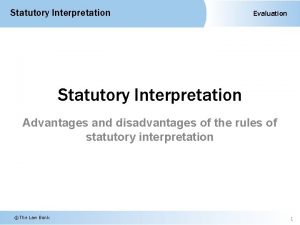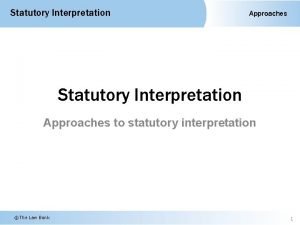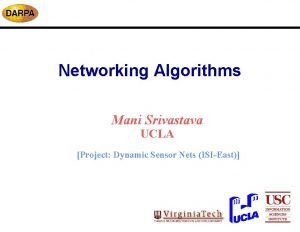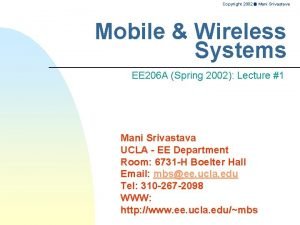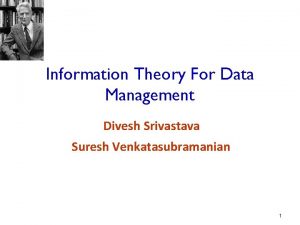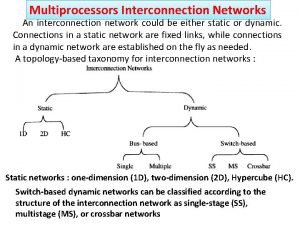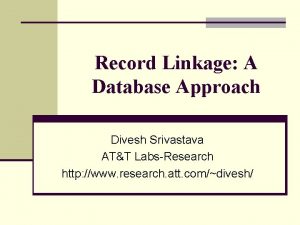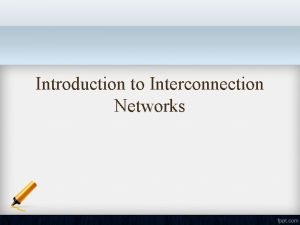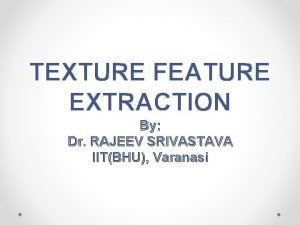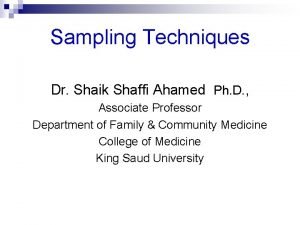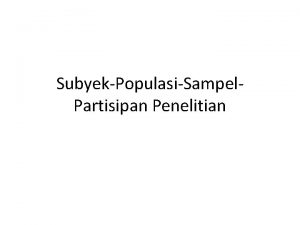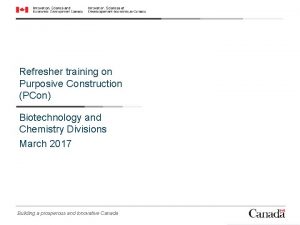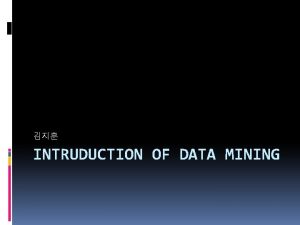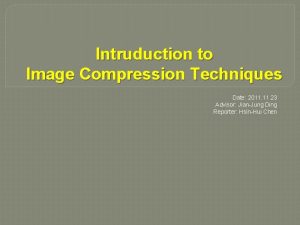Purposive Approach S P SRIVASTAVA Intruduction The purposive












- Slides: 12

Purposive Approach S. P. SRIVASTAVA

Intruduction • The purposive approach is a modern version of the mischief rule. • It is certainly more flexible than either the literal rule or the golden rule which tend to concentrate upon the meaning of individual words or phrases. • This rule allows a judge to add or ignore words in an Act to help them give a decision that supports, in their view why the Act was created.

Continued: • . The mischief rule: Heydon’s case 1584 1. What was the common law before the making of the Act? 2. What was the mischief and defect for which the common law did not provide? 3. What is the remedy now provided by the Act of Parliament to deal with the mischief or defect for which the common law did not provide a cure? 4. The true reason of the remedy The court then interprets the Act in such a way as to cure the “mischief”

The Modern Approach • The modern approach to the interpretation of an Act of Parliament is what is termed the Purposive Approach. • The Purposive Approach takes account not only of the words of the Act according to their ordinary meaning but also the context. • ‘Context’ here does not mean simply ‘linguistic context’; the subjectmatter, scope, purpose and (to some extent) background of the Act are also taken into consideration.

Continued: • • • Very similar to the mischief rule It goes beyond ‘filling the gaps’ in a statute It looks at what Parliament meant to achieve. It looks for the purpose of the Act

Meaning • the purposive approach to statutory interpretation seeks to look for the purpose of the legislation before interpreting the words. • Purposive interpretation was employed as the mischief rule, i. e. , to be used by the courts to understand the intent of the Parliament when the statute to be interpreted was meant to remedy certain mischief. The judgment of the nine judge bench on right to privacy is an example that can illustrate the tussle of the Supreme Court with literal and purposive interpretation when deciding on the status of right to privacy as in the Constitution of India.

The Literal Rule Vs. Purposive Approach • • The literal approach takes each word literally. The purposive approach is very broad and does not look at the precise meaning of each word. Golden Rule vs. Purposive Approach • Golden rules look to the actual wording of the statutes. The mischief and purposive approach go beyond that.

Continued: • 1. The Literal Rule – Every day meanings of words 2. The Golden Rule – Words interpreted to avoid absurdity 3. The Mischief Rule – Words interpreted to fill in the gaps in the original Act 4. The Purposive Approach – Very wide interpretation to give meaning to purpose of the Act

Adoption of Purposive approach by. Indian Courts • In India, Supreme Court had in the case of Tirath Singh V. Bachittar Singh approved and adopted the purposive rule of approach. • The Bombay High Court in Shamrao V. Parulekar V. District Magistrate, Thana, recaptulatesmaxwell.

Fertilizing Egg • The House of Lords held that the cloned embryos were covered by the statute taking a purposive approach to statutory interpretation. • Lord Bingham: • "The court's task, within the permissible bounds of interpretation, is to give effect to Parliament's purpose. • Provisions should be read in the context of the statute as a whole, and the statute as a whole should be read in the historical context of the situation which led to its enactment

All. India Reporter Karamchari Sangh v. All India Reporter Ltd. AIR 1988 SC 1325 • It is difficult to agree with the submission made on behalf of Respondent that the law reports do not carry any news and that the public is not interested in them. • We are of the view that any decision published in the law reports of Respondent contain information about the recent events which have taken place in the Supreme Court or in the High Courts which are public bodies and these are matters in which the public is interested.

Continued: • We find it also difficult to agree with the submission made on behalf of Respondent. • They do possess the character of works containing news.
